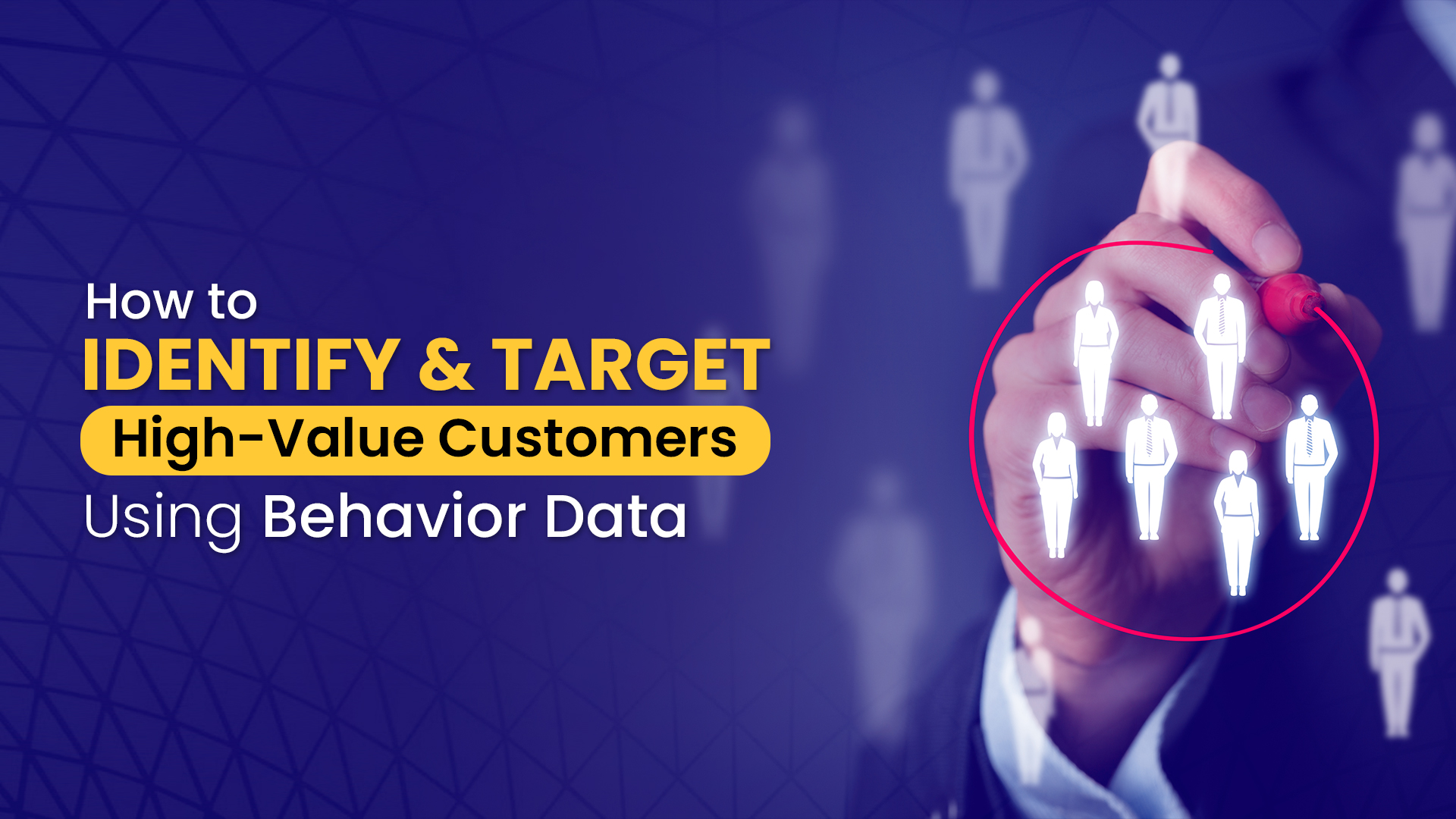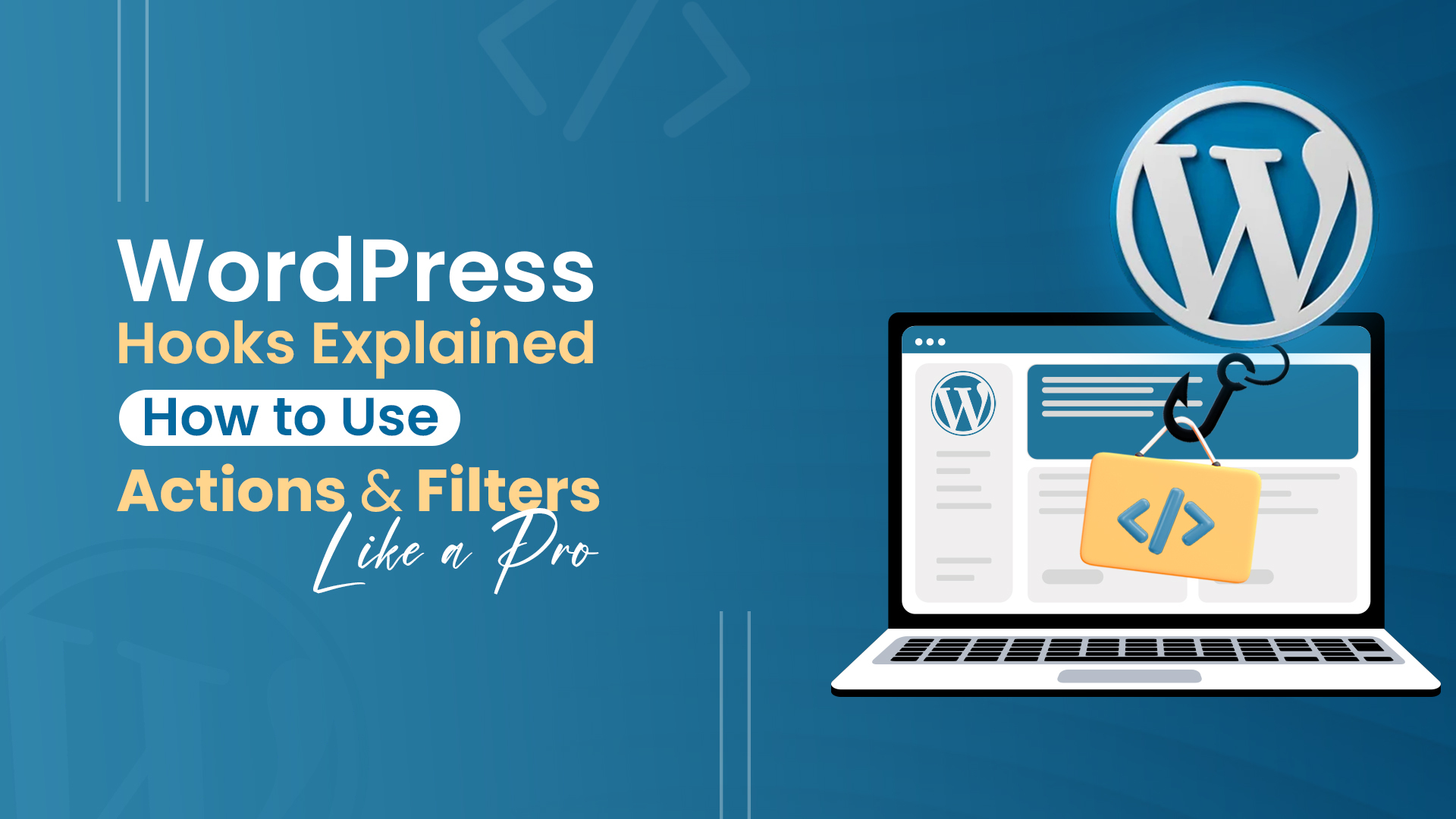Not all customers contribute equally to your revenue. Some make a big impact—frequently buying, referring to others, and staying loyal. These are your high-value customers (HVCs). But identifying these customers without clear, actionable data is like trying to hit a moving target with a blindfold on.
Traditionally, businesses relied on general marketing strategies—mass campaigns targeting anyone and everyone. Unfortunately, this approach often leads to wasted resources, ineffective ads, and a lack of understanding about what truly drives revenue.
This is where behavior data comes in.
Behavior data doesn’t just tell you who is interested in your product, it tells you who is truly engaging, buying, and advocating for your brand. It reveals patterns in customer behavior that allow you to pinpoint your most valuable customers and target them with precision.
So, how do you use this behavior data to make smarter, more informed decisions? This blog will guide you through the process.
What Makes a Customer “High-Value”?
You may be wondering: what exactly qualifies as “high-value”? While definitions can vary by business, there are a few key indicators that you can track to help identify high-value customers.
Key Indicators of HVCs:
- High Purchase Frequency: They buy from you regularly, not just once.
- Large Average Order Value: They spend more per purchase.
- Long Customer Lifetime Value (CLV): They stay loyal and continue to bring value over time.
- Low Churn Risk: They rarely leave your business.
- High Engagement Rate: They interact with your content—whether it’s clicking on emails, visiting your website, or following your brand on social media.
- Willingness to Advocate or Refer: They tell others about you—turning into brand ambassadors.
These are the customers who are actively driving revenue. They don’t just make one-off purchases; they return, they refer others, and they often spend more over time. In fact, HVCs can account for 60–80% of your total revenue. And guess what? Retaining these valuable customers costs a fraction of what acquiring new ones does.
But what really makes identifying them so important is that they often hold the keys to understanding what works best in your business. By studying their behaviors, you can create tailored experiences that drive even more conversions.
What is Customer Behavior Data (and Why Should You Care)?
Now that you know what to look for, the next step is understanding what exactly “behavior data” is and why it’s crucial for identifying your high-value customers.
Behavior Data Includes:
- Browsing Patterns: Which pages do they visit? How long do they stay? What path do they take through your site?
- Purchase Behavior: How frequently do they buy? When was their most recent purchase? How much do they spend per transaction?
- Interaction Data: How do they engage with your emails, app, or customer support? What actions do they take on your website?
- Referral or Social Engagement Data: Are they sharing your content on social media or referring others to your business?
This data is far more valuable than simple demographics (like age or gender), because it shows actual intent. You get insights into what your customers are truly interested in, how they interact with your business, and what keeps them coming back for more.
It’s also predictive. You can use behavior data to forecast who is likely to churn, who is ready to convert, and who is a candidate for upselling. In other words, behavior data empowers you to act proactively rather than reactively.
How to Collect the Right Behavior Data
Now that you understand why behavior data matters, the next step is collecting the right information. Collecting data sounds easy, but to get actionable insights, it’s important to focus on the right sources and methods.
Primary Data Sources:
- Website Analytics: Tools like Google Analytics or Hotjar help you track user behavior on your website, how they navigate, where they drop off, and what keeps them engaged.
- CRM Platforms: Tools like HubSpot or Salesforce track customer interactions, purchase history, and email engagement.
- Customer Data Platforms (CDPs): Platforms like Segment allow you to collect, store, and analyze data across multiple touchpoints, from web to mobile to in-person interactions.
- E-commerce Platforms: Platforms like Shopify and WooCommerce can provide direct purchase data, including frequency, recency, and monetary value.
- Heatmaps & Session Recordings: Tools like Crazy Egg or Lucky Orange show you exactly how visitors are interacting with your site—where they’re clicking, scrolling, and spending time.
- In-App Behavior Tools: For mobile apps, tools like Mixpanel or Amplitude provide insights into how users are interacting with your app, which features are popular, and where they’re dropping off.
Pro Tip:
The best data is first-party data, information you collect directly from your customers. It’s accurate, privacy-compliant, and offers the most valuable insights for making data-driven decisions.
Segmenting Customers to Spot High-Value Targets
To target high-value customers, you first need to identify them. One of the most effective ways to do this is through customer segmentation.
RFM Analysis (Recency, Frequency, Monetary)
RFM analysis is a powerful framework that helps businesses identify valuable customers by analyzing three key factors:
- Recency: How recently has a customer made a purchase?
- Frequency: How often do they buy from you?
- Monetary: How much do they spend on average?
Using RFM, you can group customers based on these behaviors. The top 20% of customers who buy frequently, spend a lot, and have bought recently are typically your highest-value targets.
Example: If a customer has bought from you five times in the past month, spends generously on each purchase, and did so in the past week, they likely belong in the high-value segment.
Behavioral Segmentation Examples
Beyond RFM, segmenting based on specific behaviors is equally important. This helps you refine your targeting even further and create personalized experiences that convert.
- Browsed but didn’t buy vs. Frequent buyers
Identify customers who show interest (browse products) but haven’t made a purchase. These can be high-potential leads if you target them with specific ads or promotions. - High email openers vs. Silent subscribers
Customers who regularly open your emails are more engaged and may be more receptive to a tailored offer. Silent subscribers, on the other hand, may need a different strategy to reignite their interest. - Abandoned cart twice this month = hot lead
If someone abandoned their cart more than once in a short period, it’s a clear sign they are very interested. This segment should be prioritized for remarketing.
Tools to Help:
- Klaviyo, Mailchimp for behavioral segmentation in email campaigns.
- Mixpanel, Heap, or GA4 for behavior flows, tracking how users interact with your site or app.
By segmenting your customers based on behavior, you can create highly targeted campaigns that are more likely to resonate with each group.
Strategies to Target and Convert High-Value Customers
Now that you’ve identified your high-value customers, it’s time to target them with tailored strategies that drive engagement and conversions.
Personalized Campaigns
Personalization is key. The more relevant your messages are, the more likely your high-value customers are to engage. Use behavior data to deliver personalized content that speaks directly to their interests and past behavior.
- Show dynamic content based on previous behavior: Recently viewed products, related items, or recommendations similar to past purchases.
- Customize landing pages: Ensure that the landing page customers are directed to align with their past actions—whether it’s promoting a product they recently browsed or showing similar items.
Loyalty & Referral Programs
High-value customers thrive on exclusivity. Make them feel special by offering loyalty programs that reward repeat behavior.
- Early access to sales or VIP rewards for frequent buyers.
- Tailored discounts that cater to their past spending habits.
Additionally, incentivize them to refer others to your business. HVCs are likely to share their positive experiences with friends and family, so capitalize on this.
Upsell & Cross-Sell
Upselling and cross-selling aren’t just about pushing additional products; they’re about suggesting relevant, value-adding items that enhance the customer’s experience.
- Use purchase patterns to recommend add-ons or upgrades.
- Don’t rely on random suggestions—let your data drive the recommendations.
Retention-Focused Messaging
Retaining high-value customers is often more profitable than acquiring new ones. Watch for signals that a customer might churn—such as fewer logins or lower email engagement—and take action before they leave.
- Send re-engagement emails or special offers to revive interest.
- Use behavior-based triggers to re-engage customers at the right moment.
Tracking Performance & Optimizing Over Time
Tracking the effectiveness of your strategies is essential for continuous improvement. Here are some key metrics to focus on:
- CLV Growth Over Time: Are your high-value customers continuing to bring in more revenue?
- Engagement Metrics Per Segment: How are different customer segments responding to your campaigns?
- Cost to Acquire vs. Retain HVCs: How much does it cost to acquire a high-value customer versus retaining one?
- Revenue Generated from Targeted Campaigns: Measure the ROI of campaigns targeting HVCs.
A/B Testing Tip
Constantly test your targeting strategies. Try different variations of your ad copy, email copy, and call-to-action (CTA) by segment. See which version resonates best with your high-value customers and optimize accordingly.
Feedback Loop
Your high-value customers can be an invaluable resource for understanding what keeps them loyal. Consider interviewing them or sending surveys to ask:
- What keeps them coming back?
- What would they like to see improved in your product or service?
Their feedback can help you fine-tune your approach and provide insights that make your marketing efforts even more effective.
Final Thoughts
Finding and keeping your best customers doesn’t have to be a guessing game. By using behavior data, you can see who buys the most, stays the longest, and brings the most value—then focus your efforts on them.
It’s all about working smarter, not harder.If you need help setting up the right tools or making sense of your data, Codener is here to help. From tracking user behavior to creating targeted campaigns, we make it easier for you to grow your business by focusing on what really works.










